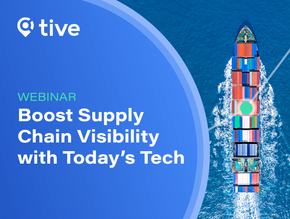Infor: creating the Continuous Supply Chain

No industry seems to be immune to today’s challenges. The unprecedented uncertainty and volatility in the market due to geo-political strife, climate disasters or global pandemics has shown time and again that traditional, linear supply chain management strategies simply don’t work anymore. It’s time to leave the enterprise-centric mentality in the rearview mirror and adopt a networked approach to supply chain management.
But that’s just the first step. Beyond addressing uncertainty, your business is pressured by a continued need to optimize all facets of supply chain costs. Understanding the costs associated with working capital and service level expectations has never been more critical regardless of your industry or sector.
Companies and supply chain professionals alike know that visibility and traceability remain key components to overcoming these challenges but realizing these abilities continues to be a major challenge for most companies to achieve. This typically stems from organizations trying to optimize processes despite operating within internally siloed departments that lack transparency to trading partners.
As a result, many companies are recognizing the need to shift their supply chains to collaborative business ecosystems. Unfortunately, many still struggle with where to start and how to do so effectively and efficiently given other investments that are already in flight.
All the challenges we’re seeing across supply chains reiterate the need for supply chains to build both agility and resiliency so they can respond appropriately when disruption or major shocks occur and adapt for future business models that may emerge.
This means exploring capabilities that allows your supply chain to successfully navigate the blurring line between plan, execute, sense, and respond. This means adopting the ability to sense demand shifts in real-time and act immediately. This means leaving the old methods and mentalities of supply chain management behind.
To learn more about where supply chain management is going, check out the complete best practices guide today.
- How the C3 AI Supply Chain Suite Drives Increased ResilienceTechnology
- The Art of Supply Chain Planning with Gartner, SAP, KinaxisSupply Chain Risk Management
- Top 100 Women 2024: Stephanie Rankin Smith – No. 8Operations
- Why SAP Supply Chain Solutions Could Transform ManufacturingTechnology






